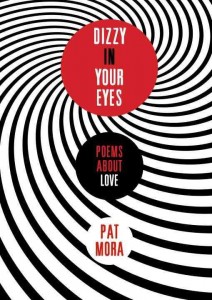Posts Tagged ‘book reviews’
Not your Grandma’s Poetry
when death comes
like an iceberg between the shoulder blades
I want to step through the door full of curiosity, wondering:
what is it going to be like, that cottage of darkness?
So begins a poem in Mary Oliver’s New And Selected Poems, volume 1, one that ends with the determined line,
I don’t want to end up simply having visited this world.
This sense of energy and resolve permeates Oliver’s work. It took me until I was in my late twenties to realize that poetry could be read for pleasure – it’s not all the dry, flowery stuff we studied in school (sorry, English teachers!) Mary Oliver was one of the first poets I really loved; she might be your new favorite, too.
If you’re new to the contemporary poetry scene, a good place to start is Billy Collins’ (Poet Laureate, 2001 – 2003) Poetry 180, a collection of poems about everything from Alzheimer’s to bagels to an ode to Barbie’s Ferrari. Sad, romantic, funny, desperate – there’s a poem for every emotion. Try dipping into it a poem or two at a time, and before long I suspect you’ll find that more and more of them speak to you.
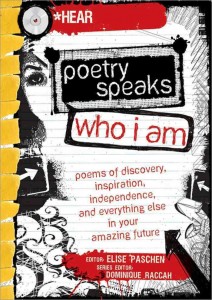 For poetry that showcases a diverse slice of humanity, Poetry Speaks: who I am (edited by Elise Paschen) and Cool Salsa: bilingual poems on growing up Latino in the United States (edited by Lori M. Carlson) both do the job with unapologetic verve.
For poetry that showcases a diverse slice of humanity, Poetry Speaks: who I am (edited by Elise Paschen) and Cool Salsa: bilingual poems on growing up Latino in the United States (edited by Lori M. Carlson) both do the job with unapologetic verve.
God made you brown, mi’ja
color bronce, beautiful/strong,
reminding you of the goodness
de tu mamá, de tus abuelas
y tus antepasados.
But to many of us, say “poetry” and the first thing we think of is the romance of love poems. For a modern take on the ode to love, try Dizzie in Your Eyes: poems about love by Pat Mora.
We watch other couples
and feel happy that now we belong
to the world of twos.
The library can help … caregivers
Caring for a person with Alzheimer’s or dementia is tough.
It’s unpredictable, often heartbreaking, sometimes frightening. It can mean unrelenting hard work. And it can be very isolating. I know – my family provided 24/7 care for my grandparents during their last years, struggling to keep them healthy and safe while watching their minds fade away.
Know this: you are not alone.
According to data from the Alzheimer’s Association, “more than 15 million Americans provide unpaid care for individuals with Alzheimer’s or another dementia.”
The Library offers a host of materials designed to help caregivers , from books on making a house “age-proof” to practical advice and information, like why symptoms often seem worse in the evening and how to handle personality changes.
One such book is the recently updated The 36-Hour Day: a Family Guide To Caring for People Who Have Alzheimer Disease, Related Dementias, and Memory Loss. The Chicago Sun-Times called it “the best guide of its kind,” and we have to agree. It offers detailed, practical advice in a straightforward manner on everything from how to understand 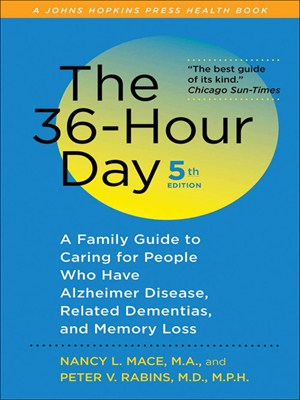 your emotions as a caregiver to making sure medication is taken on time.
your emotions as a caregiver to making sure medication is taken on time.
There are also the personal stories – Don’t Leave Yet: How My Mother’s Alzheimer’s Opened My Heart by Constance Hanstedt shares the true story of a mother and daughter, while Still Alice – the Library owns both the book and the movie – imagines what life is like from the point of view of the fictional Alice after her diagnosis of early onset Alzheimer’s disease.
Providing care and support for both the patient and caregiver is critical … and your library can help.
[a version of this post originally appeared in the Pryor Daily Times.]
But wait, there’s more
“Happiness is finding the first good book in a series, and knowing there are more to follow,”
says a graphic we found on Facebook. That’s true, but so is the reverse: sadness is reaching the end of a series and knowing that it’s over, finito, the end.
Of course, it never completely has to be the end, as fanfiction writers will tell you (check out www.fanfiction.net for stories for every fandom you can imagine and a few you probably can’t.) And sometimes, just sometimes, those continuations, adaptations, and reimaginings make it into print.
Take The Flight of Gemma Hardy, by Margot Livesey.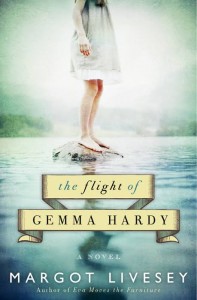
When the title character leaves boarding school – which she was shipped off to by an unkind aunt – she takes a position as an au pair in a mysterious house, inhabited by a rich, mercurial businessman and his young niece. Sound familiar yet? Jane Eyre it is, but as you’ve never seen it before. Gemma is from Iceland, the remote house is on the Orkney Islands, and the setting is the 1960s. Stylistically, it’s absolutely lov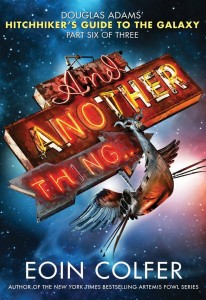 ely, and fans of Jane Eyre will delight in noting the similarities to and differences from the source material.
ely, and fans of Jane Eyre will delight in noting the similarities to and differences from the source material.
When Douglas Adams died in 2001, I assumed that the long-popular Hitchhiker’s Guide to the Galaxy series was permanently at an end. Not so: in 2009, on the 30th anniversary of publish date of the original Hitchhiker’s Guide to the Galaxy, Eoin Colfer’s And Another Thing…, was published as the 6th book in the series. Following in the footsteps of an author with such a unique comedic voice had to be intimidating, but Colfer pulls it off with style.
Jane Austen, of course, is a perennial favorite.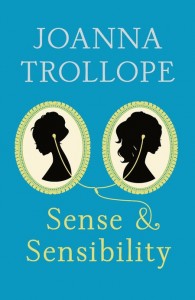
Besides the many, many adaptations and continuations already available, the Austen Project has undertaken to have famous authors rewrite Austen’s classic novels in modern day settings – perhaps inspired by the success of the Lizzie Bennet Diaries, a YouTube webshow that brought the Bennet sisters into the present day. Johanna Trollope’s Sense & Sensibility may have Marianne listening to music on an iPod rather than playing the piano, and gossip being traded via text rather than handwritten letters and whispered confidences, but her story sticks surprisingly close to the original plot.
There are so many more – Pride & Prejudice & Zombies, What Happened to Anna K., The Wind Done Gone … These and many others prove that the end of the story isn’t always THE END.

